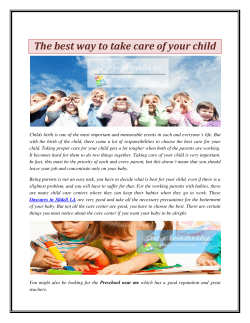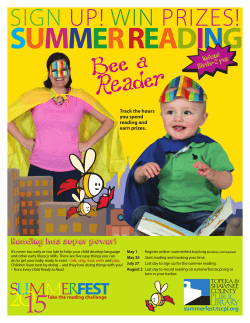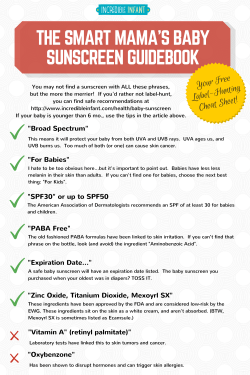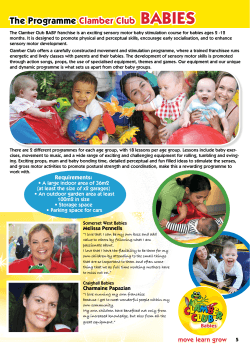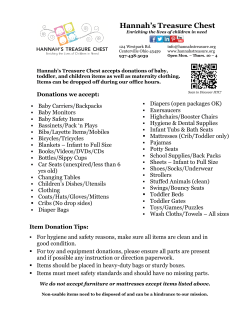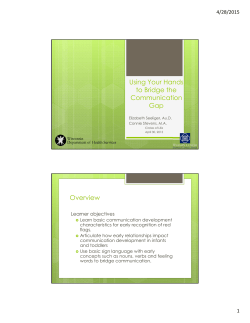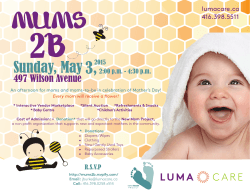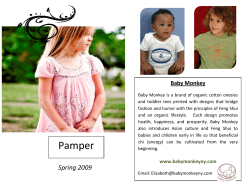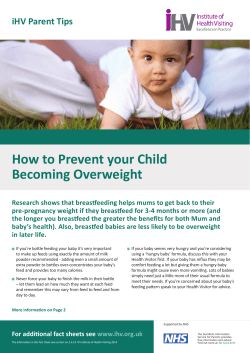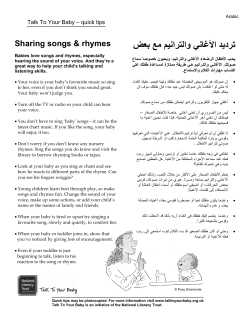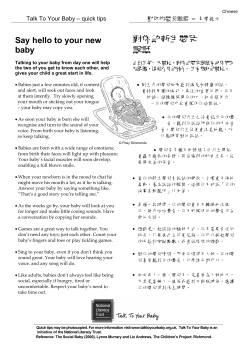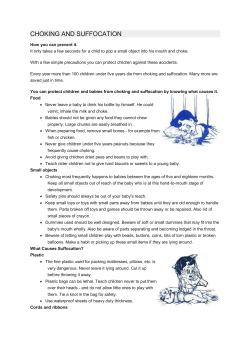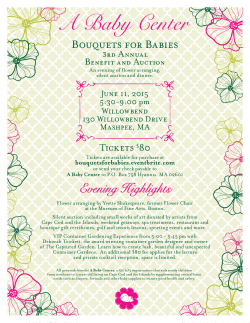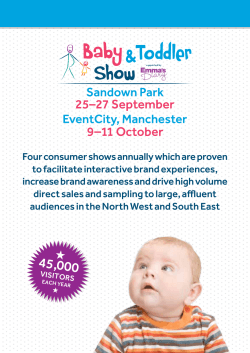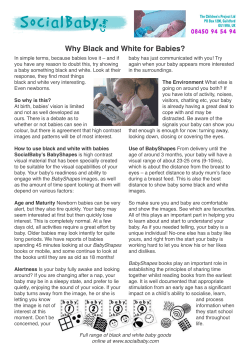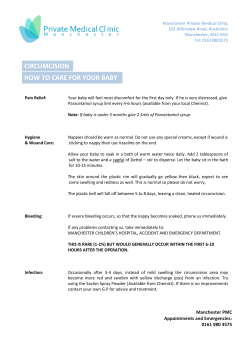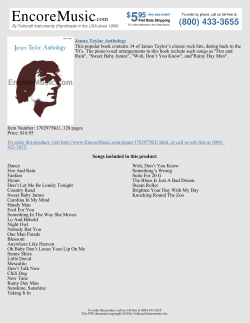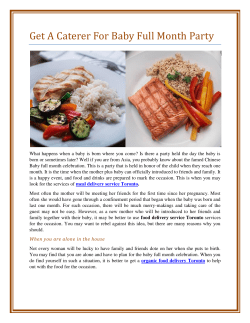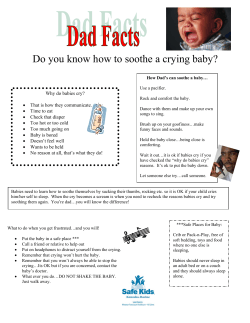
Reading Tips for Parents
Quote from US Dept of Education’s Reading Tips for Parents: Reading well is at the heart of all learning. Children who can't read well, can't learn. Help make a difference for a child. Pieces from the U.S. Department of Education’s “Parent Power: Build the Bridge to Success.” How can you accomplish this? By adopting the following principles and taking the steps indicated for each age group, you will be able to help your child learn at each step of the way and ensure success in school and in life. Be responsible. Accept your role as the parent and make education a priority in your home. Be committed. Once you have begun to work with your child, continue doing so throughout the year. Be positive. Praise goes a long way with children, especially with those who struggle in school. Provide positive feedback. Be patient. Show your child that you care through your commitment and encouragement. Introduce babies and toddlers (birth to 2 years) to language. a Talk to your baby or toddler often. Talk to your infant during feeding; look at family photographs and tell your child about the pictures; or tell the baby what you see out the window—a bird, bus, cars. a Show your baby things, name them and talk about them. a Encourage babbling or your toddler’s trying to say words. a Sing songs and read nursery rhymes. a Read aloud each day, even if it’s just for a short time. a Have your child handle books—books made especially for babies or toddlers, such as interactive books (lift-the-flap or touch-and-feel). This will help your child with motor skills and language development.q Make sure your child continues to read. Set a special time each day for reading aloud together. Encourage your child to read to you when he or she is ready. Let your child see you enjoying reading. Use audio books that you and your child can listen to together and have your child follow along with the written words in the printed book. Play communication games with your child, such as Scrabble or Pictionary, which involve words and explaining what they mean. Practice day-to-day reading and writing, such as following a recipe or writing a note. Continue to check with the teacher and the pediatrician about your child’s language development. HOW CAN I HELP MY CHILD BE READY TO READ AND READY TO LEARN? Talk to your infant and toddler to help him learn to speak and understand the meaning of words. Point to objects that are near and describe them as you play and do daily activities together. Having a large vocabulary gives a child a great start when he enters school. Read to your baby every day starting at six months of age. Reading and playing with books is a wonderful way to spend special time with her. Hearing words over and over helps her become familiar with them. Reading to your baby is one of the best ways to help her learn. Use sounds, songs, gestures and words that rhyme to help your baby learn about language and its many uses. Babies need to hear language from a human being. Television is just noise to a baby. Point out the printed words in your home and other places you take your child such as the grocery store. Spend as much time listening to your child as you do talking to him. Take children's books and writing materials with you whenever you leave home. This gives your child fun activities to entertain and occupy him while traveling and going to the doctor's office or other appointments. Create a quiet, special place in your home for your child to read, write and draw. Keep books and other reading materials where your child can easily reach them. Help your child see that reading is important. Set a good example for your child by reading books, newspapers and magazines. A Reading Checklist -- Helping Your Child Become a Reader There are many ways that you can encourage your child to become a reader. Here are some questions that you can ask yourself to make sure that you are keeping on track: For Babies (6 weeks to 1 year) Do I provide a comfortable place for our story time? Is my child happy to be in this place? Am I showing my child the pictures in the book? Am I changing the tone of my voice as I read to show emotion and excitement? Am I paying attention to how my child responds? What does she especially like? Is she tired and ready to stop? For Toddlers (1 to 3 years) All of the questions above, plus: Does my child enjoy the book we are reading? Do I encourage my child to "pretend read," joining in where he has memorized a word or phrase? When I ask questions, am I giving my child enough time to think and answer? Do I tie ideas in the book to things that are familiar to my child? Do I notice if he does this on his own? Do I let my child know how much I like his ideas and encourage him to tell me more? Do I point out letters, such as the first letter of his name? For Preschoolers (3 and 4 years) All of the questions above, plus: Do I find ways to help my child begin to identify sounds and letters and to make lettersound matches? For Kindergartners (5 years): All of the questions above, plus: Do I find ways to help my child begin to identify some printed words? Do I let my child retell favorite stories to show that she knows how the story develops and what's in it? Remember: Children learn step by step in a process that takes time and patience. They vary a great deal in what holds their interest and in the rate at which they make progress. For Beginning First-Graders (6 years): All of the questions above, plus: Do I give my child the chance to read a story to me using the print, picture clues, his memory—or any combination of these ways that help him make sense of the story? From the National Institute for Literacy 2010: You are your child’s first and most important teacher. When you send them back to school, give your children the gift of a lifetime…teach them to read.
© Copyright 2025
